5 Ways to Enjoy Wine and Wellness in Temecula Valley

January loves a hard reset. No sugar. No alcohol. No days off from the gym. New rules, new promises, new personality.
But in Temecula Valley, wellness and wine were meant to peacefully coexist. With such a gorgeous climate that practically begs you to get up and get outside, how could it not?
Wine here isn’t about excess—it’s about place, people, and passion. And that makes January a surprisingly good time to lean in, not opt out.
If you’re not interested in going dry—but still want the month to feel intentional— here’s what that can look like in Temecula Valley.
1. Start With the Obvious (and Often Ignored): Drink Better, Not More
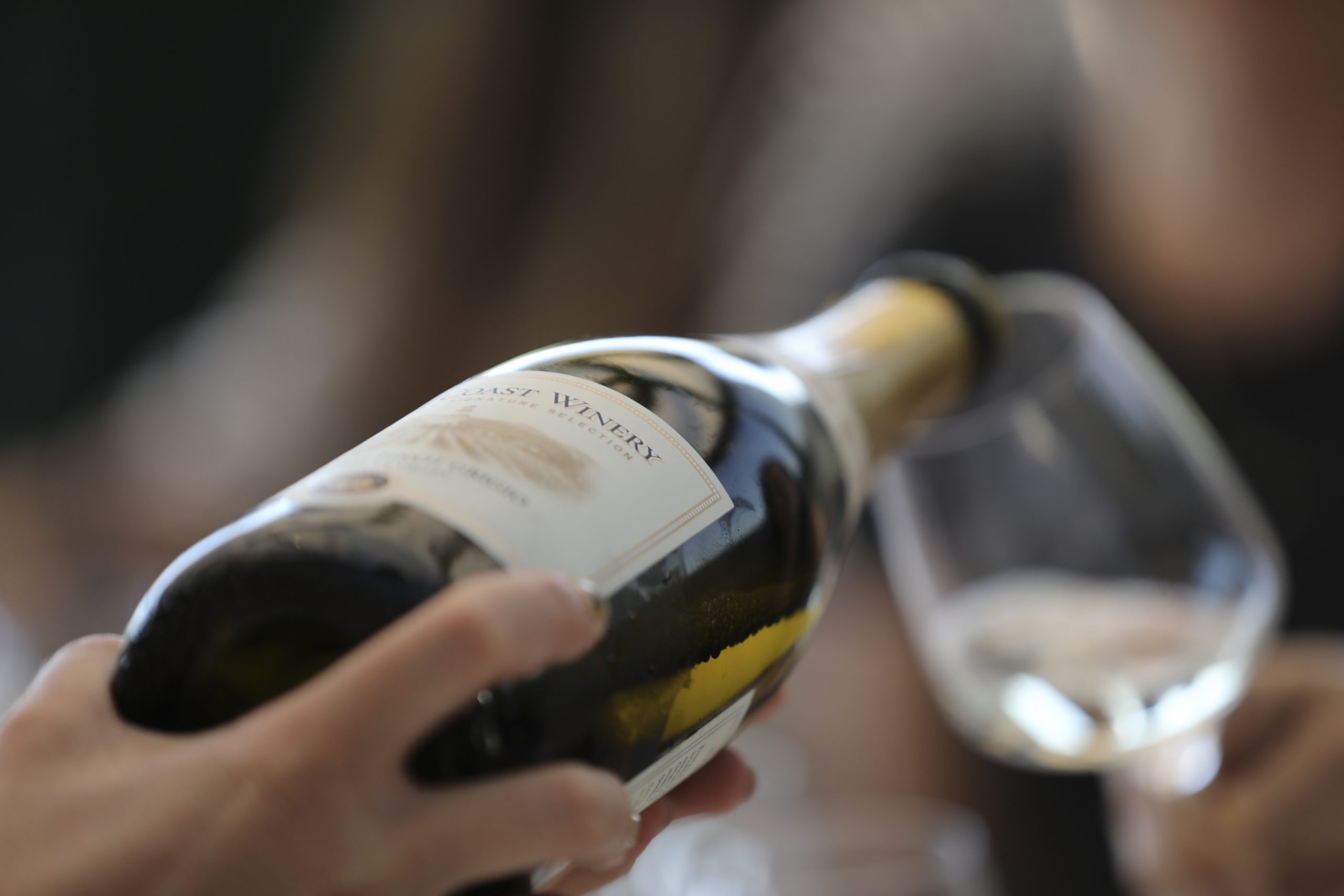
One of the simplest ways to align wine with wellness doesn’t involve cutting wine out—it just means paying attention.
January is a great excuse to skip the autopilot pours and actually sit with a single glass of something well-made. Temecula Valley’s small-production wines are built for this kind of drinking. They have texture. Personality. A sense of place that rewards slowing down rather than refilling.
This is when splurging is encouraged. Spring for a reserve offering. Open that bottle you’ve been laying down for a special occasion—because what could be more special than your heart beating? Quality over quantity isn’t a slogan here. It’s how the wines are meant to be enjoyed.
2. Remember That Wine Country Is Physical

Wine tasting doesn’t have to mean being glued to a barstool. In Temecula Valley, some of the most compelling experiences right now involve movement—walking, exploring, and spending time outdoors before wine even enters the picture.
At Akash Winery, wellness isn’t a buzzword—it’s part of the experience itself, with offerings that connect wine to mindfulness, like Pilates and candlelight yoga. These activities may be followed by wine, but they allow you to find balance in the enjoyment.
At Doffo Winery, the New Adventures in Vineyard Production Tour shifts the emphasis away from the tasting bar and onto the land as you ride through vineyards on Kawasaki NAVs, learning about the history of the Valley and the Doffo family. By the time you taste, the wine feels earned—part of a bigger experience, not the whole point of it.
And yes, that naturally leads to more mindful drinking.
3. Let the Season—and the Alcohol Level—Do Some of the Work
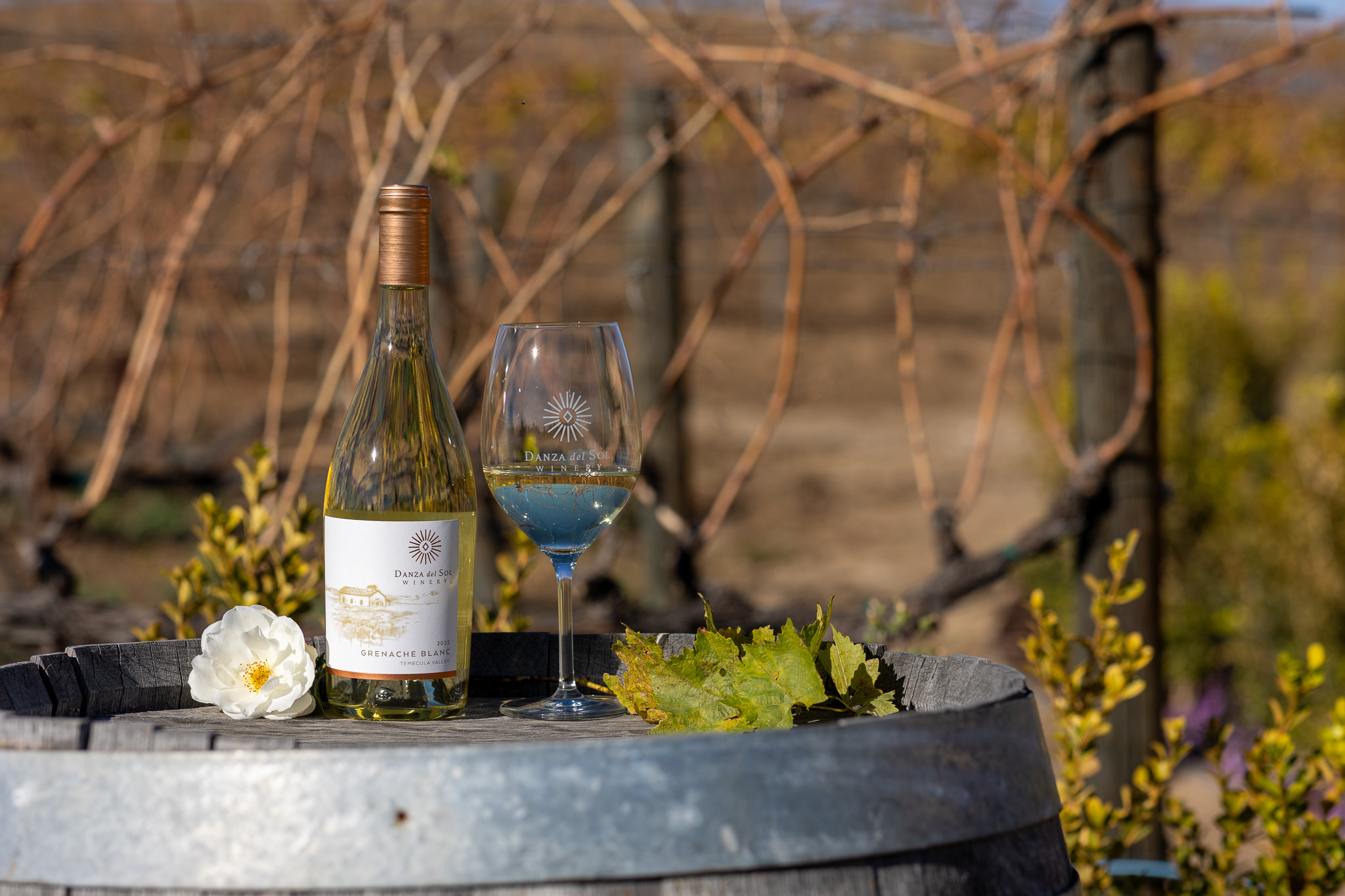
Moderation doesn’t have to mean abstinence. Sometimes it’s just about choosing wines that feel lighter and more refreshing by nature.
Many Temecula Valley wines—especially those built around freshness and acidity—naturally come in at lower alcohol levels while still delivering plenty of flavor. Crisp whites, bright rosés, and more restrained, elegant reds tend to feel easier at the table, more versatile with food, and far more inviting to sip slowly.
Producers like Wiens Cellars and Robert Renzoni Vineyards have leaned heavily into these restrained yet ultra expressive styles. These are wines that don’t demand attention—they reward it. And they make January drinking feel balanced rather a compromise.
4. Get Back to the Land (and the Why Behind the Wine)
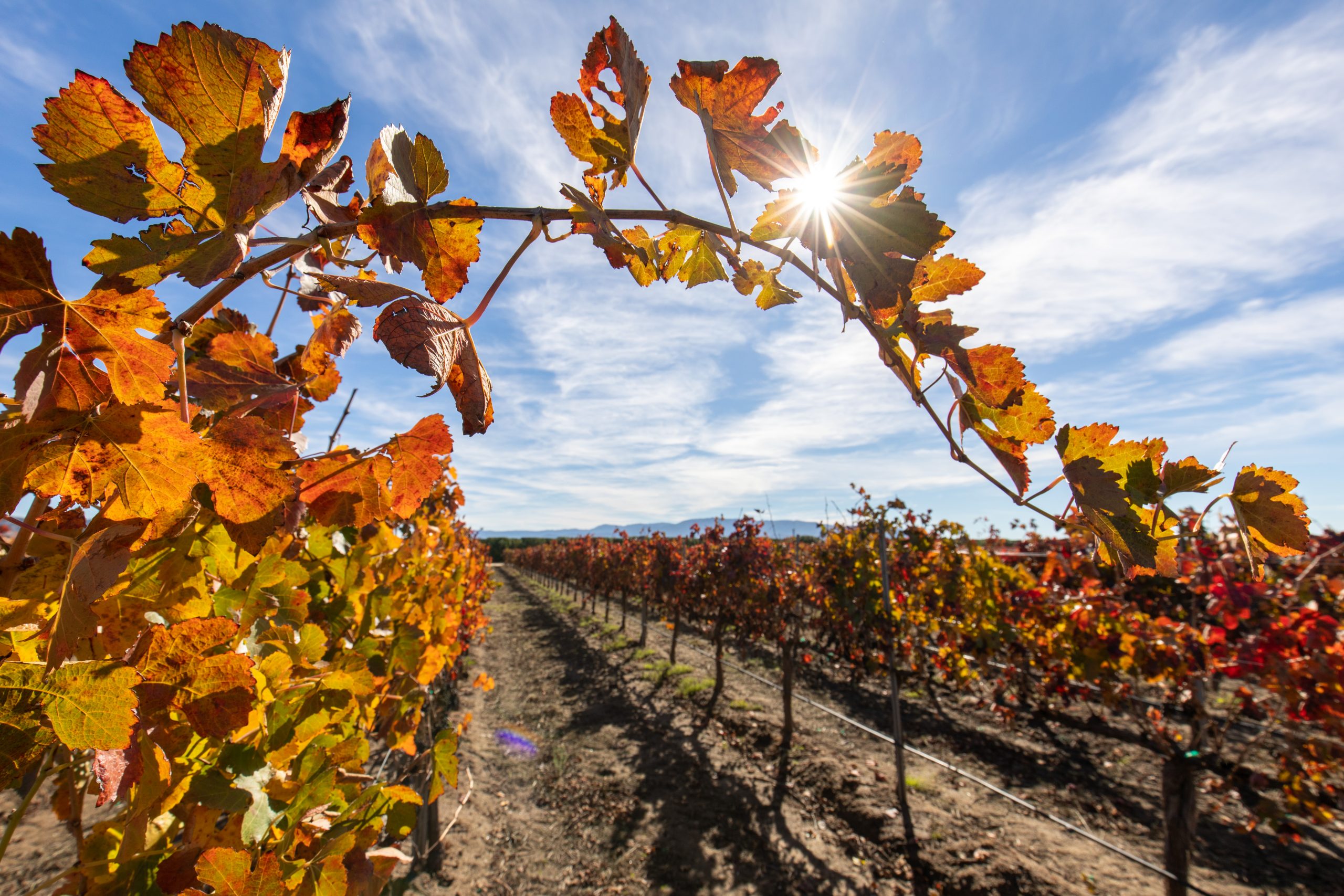
January is also one of the best times to slow down and learn something. Cooler weather. Fewer crowds. More space for meaningful conversation and chance encounters with winemakers doing their thing.
That’s what makes experiences like the Regenerative Agriculture Tractor Tour at Wilson Creek Winery or South Coast Winery’s Executive Production Tour especially compelling this time of year. You’re not just tasting wine—you’re learning how healthier soils, thoughtful farming, and long-term stewardship shape what ends up in the glass.
When wine is framed through the lens of land and sustainability, consumption naturally becomes secondary to understanding. And that shift alone can change how—and how much—you drink.
5. Put Wine Back Where It Belongs: With Food
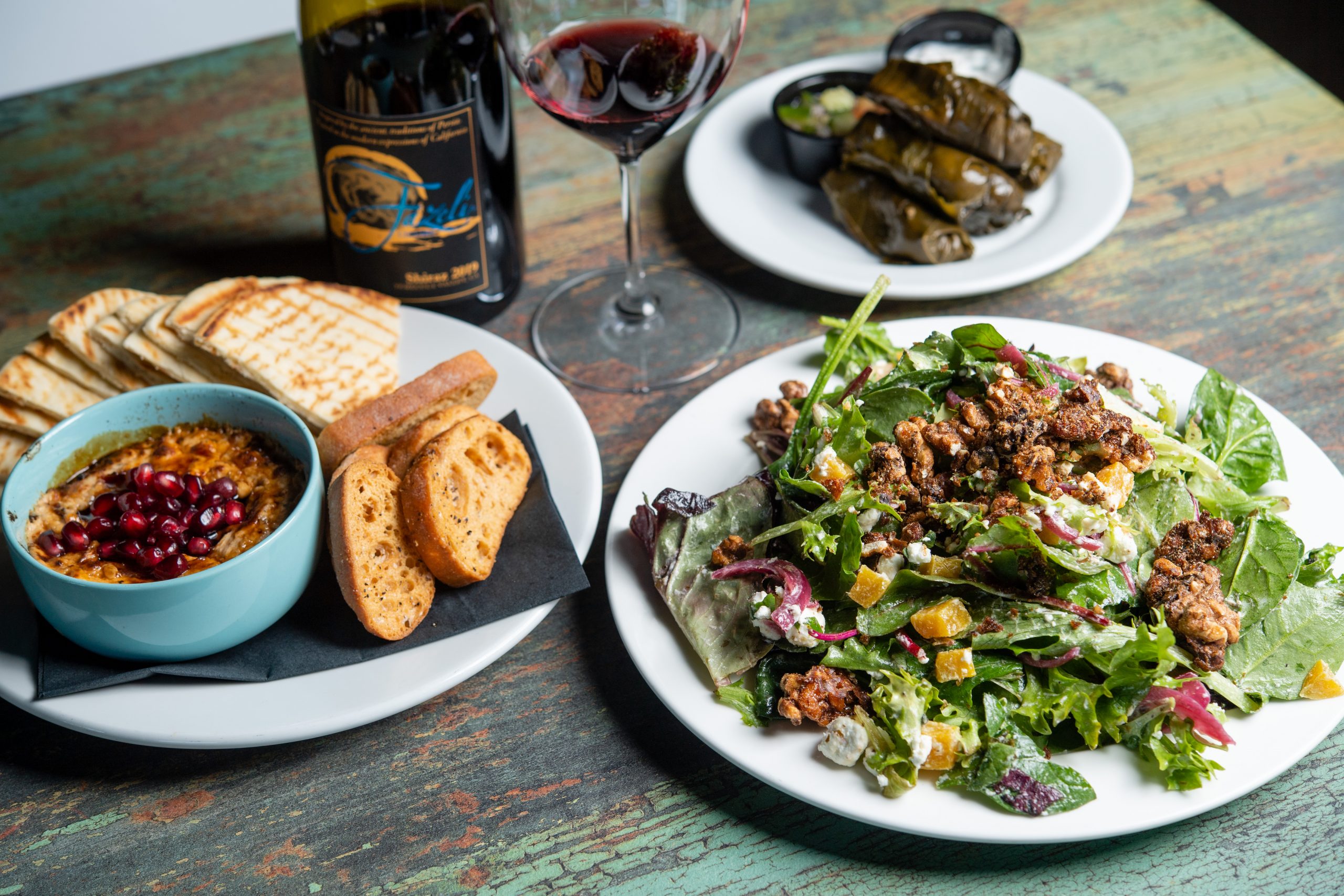
Wine makes the most sense when it’s part of a meal, not a standalone activity. One of the most unique things about Temecula Valley wine country is the robust restaurant scene woven into the wineries themselves. From elevated cuisine at the Restaurant at Leoness Cellars or Domenico’s Italian Chophouse at Truffle Pig Winery to casual comfort food at Sangio’s Osteria at Cougar Vineyard & Winery to BOTTAIA’s seated charcuterie and wine pairing experience, it’s easy to nosh while sipping in Temecula Valley.
When wine is paired with real food, everything slows down. The glass lasts longer. The experience feels integrated instead of indulgent. It’s how wine has been enjoyed for centuries, long before anyone thought to “quit” it for a month.
The Bottom Line
Dry January works for some people. For others, it just creates a rebound in February.
Temecula Valley offers another option—one rooted in intention rather than restriction. Drink less, but better. Choose wines that feel lighter by nature. Move your body. Get outside. Learn something. Eat well.
Wine doesn’t have to be the thing you give up to feel good in January. Sometimes it just needs to be enjoyed more thoughtfully.

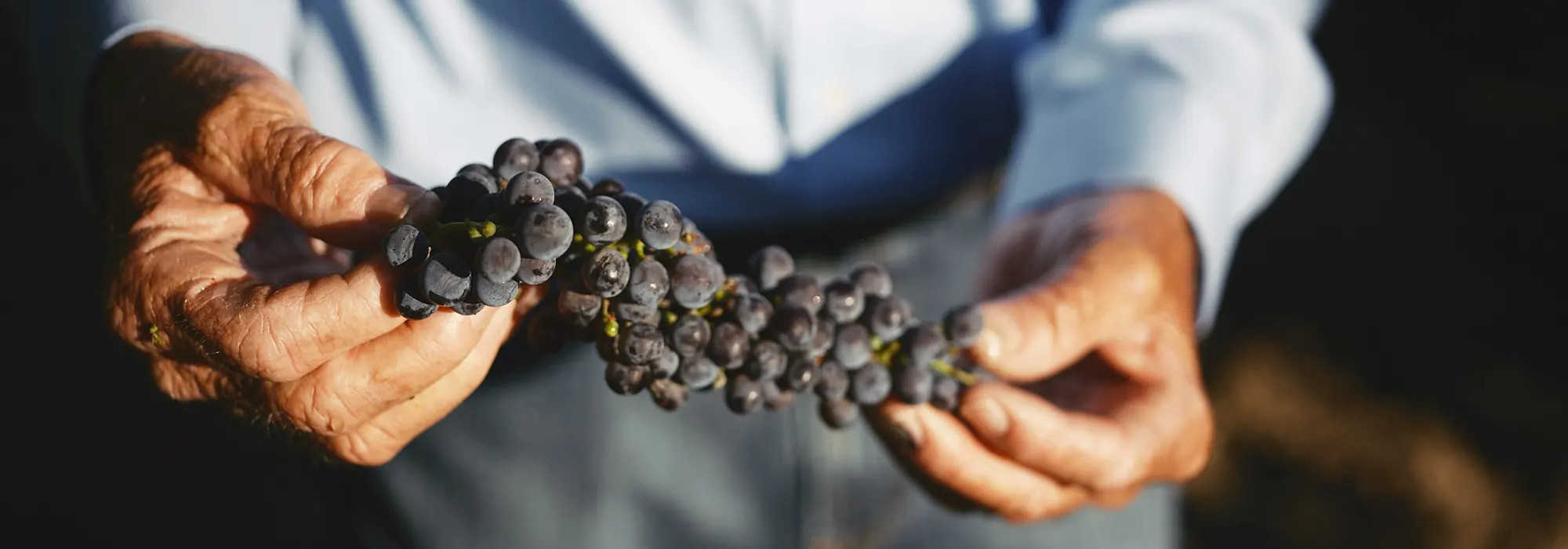

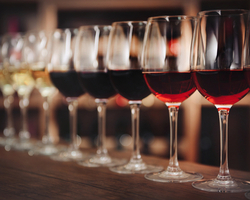 Blended wines are some of our favorites because they are the most complex and interesting types of wine. Here are the 5 facts you need to know about blends:
Blended wines are some of our favorites because they are the most complex and interesting types of wine. Here are the 5 facts you need to know about blends: